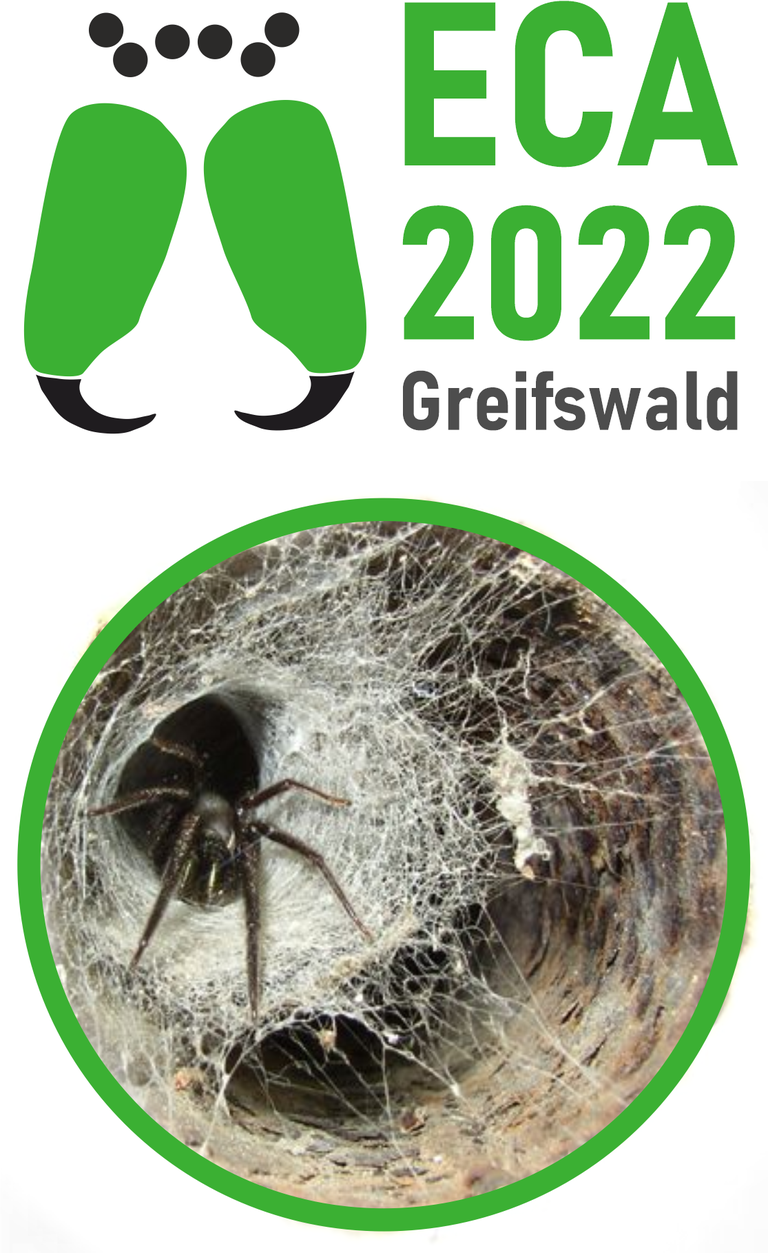Symposium A | Widow spider research at the forefront
organized by Yael Lubin (Ben‐Gurion University of the Negev, Israel) & Lenka Sentenská (University of Toronto, Canada)
Sunday, 4th September, 13:15 - 18:00
As there is currently substantial research on a wide range of aspects of the biology of widow spiders (Latrodectus), we like to bring together widow-spider researchers from these different fields. The concept would be to present short research talks and to have plenty of time to discuss potential collaborations and future research. All aspects relating to widow biology are welcome (taxonomy, behavior, ecology, physiology, venometc.).
The Congress organizers will enable a hybrid format for this symposium, with the possibility of participating in presentations and discussions online. The symposium will start in the afternoon Central European Summer Time (CEST) so even people from later time zones can join. Please check the registration site for online participation.
Symposium B | eDNA and Metabarcoding
organized by Henrik Krehenwinkel & Susan R. Kennedy (University of Trier, Germany)
Tuesday, 6th September, 16:00 - 18:45
The development of high throughput sequencing (HTS) technology has revolutionized arachnological research. While the routine sequencing of entire genomes and transcriptomes is offering unprecedented insights into the tree of life, HTS technology has also greatly improved the power, efficiency and resolution of DNA barcoding. HTS-based DNA metabarcoding allow for the rapid inventory of entire biological communities. Metabarcoding can also be used to characterize interactions, for example food web structure and host-microbiome associations, at high resolution. And environmental DNA (eDNA) metabarcoding allows species monitoring without the need to collect actual specimens. But while metabarcoding has the potential to provide fascinating new insights into the ecology and evolution of arachnids, further developments are still needed. In our symposium, we will present a broad overview of the current state of the art of DNA metabarcoding in arachnology. Based on this, we aim to inform the arachnological community about promises and limitations of the field, identify focal areas for future development, and discuss ways to make HTS barcoding tools available to a broader community of arachnologists. The deliverable of our symposium will be a concept paper summarizing these points.
Contributions on bulk community and eDNA metabarcoding for community analysis, quantitative metabarcoding, high throughput DNA barcoding, barcoding with third generation sequencing, phylogenetics from amplicon sequencing, microbiome analysis and gut content metabarcoding are all welcome.
Outline:
- 15 Minute Introduction to the field, highlighting promises, pitfalls and areas in need for development
- Talks 10+5 min focusing on different topics in metabarcoding
- Final discussion of ~30 minutes with predefined questions with speakers and audience
Symposium C | Phylogeny and Evolution of Chelicerata
organized by Peter Michalik & Gabriele Uhl (University of Greifswald, Germany)
Thursday, 8th September, 16:00 - 18:30
Speakers:
Christian Wirkner (University of Rostock, Germany)
Prashant Sharma (University of Wisconsin-Madison, USA)
Russell Garwood (University of Manchester, UK)
Moderator:
Gonzalo Giribet (Harvard University, USA)
Workshop | Illegal Wildlife Trade
organized by Stefan Prost (University Vienna, Austria) and Sérgio Henriques (Indianapolis Zoo: Global Center for Species Survival)
Friday, 9th September, 15:00 - 16:30
Illegal wildlife trade is one of the largest illegal industries world-wide, affecting all parts of the tree of life. Spiders and other arachnids are heavily traded internationally for the pet trade, regularly encased in plastic or framed for souvenirs and to a lesser extend nationally for bush meat, traditional medicine (TM) and witch craft (WC) markets. This trade is likely to affect Theraphosidae disproportionately, as they are very popular pets, particularly in Europe and thought-after ingredients for TM and WC. This symposium explores the reasons why listing is debated in the community, which species should be listed and how morphology and genetics can be used to better understand and counteract the illegal trade of spiders.
